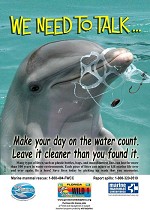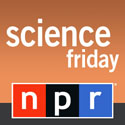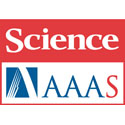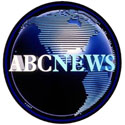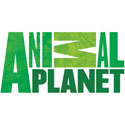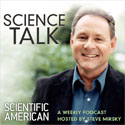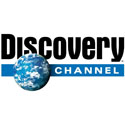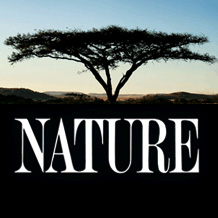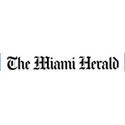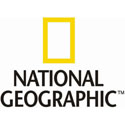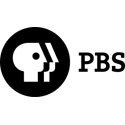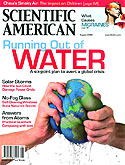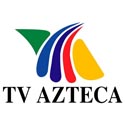Dolphin Speech Link
Created for
Castaway's Baby
Posted April 25, 2007
The SpeakDolphin.com team is spearheading a unique research project assisting a recently stranded, deaf, pregnant offshore bottlenose dolphin (Tursiops truncatus) nicknamed "Castaway" and her soon to be born calf. This pregnant female stranded on November 11, 2006 at Castaway Cove in Vero Beach, Florida and spent 79 days in rehabilitation at Mote Marine Laboratory, recovering enough to be approved for release. An attempt to release her was made on January 30th, 2007. After 3 unsuccessful attempts, including one release into the middle of a pod of dolphins 3+ miles offshore, she was sent to the Marine Mammal Conservancy (MMC) facility in Key Largo, Florida, for further evaluation and rehabilitation.
Castaway's exhibited behavior on the day of release warranted further evaluation and assessment to determine her suitability for further attempts to release her back into the wild. Audiology tests were performed which determined that she was hearing impaired. Castaway's hearing impairment will not permit her to live safely in the wild again; therefore National Marine Fisheries Service (NMFS) will assign her permanent care to an established dolphin facility once her rehabilitation is complete.
It is assumed that Castaway's hearing impairment will cause her to have some degree of difficulty in teaching her newborn calf to communicate. In a pod environment, other dolphins would assist in the calf's training, however, stranded dolphins, such as Castaway, must be kept isolated until it is determined that they do not have diseases that can be passed on to other dolphins.
However, after Castaway's quarantine period, she still will not able to be transported to be with other dolphins because of the high risk of moving a dolphin close to giving birth. After the birth, Castaway and her calf will need to remain at MMC for several more months, until it is deemed safe to transport the baby. Because of these many factors, Castaway and her calf are expected to be in isolation for several months.
In order to assist the calf's language development, we have pioneered the Dolphin Speech Link (DSL). The Dolphin Speech Link system consists of high-speed digital phone lines, hydrophones (underwater microphones), underwater speakers, underwater video cameras and monitors. The DSL connects the rehabilitation lagoon at MMC for Castaway and her calf to a pod of dolphins living at Dolphins Plus, 2.5 miles away in Key Largo, Florida.
The DSL system will allow the calf to hear and see the other dolphins, and the opportunity to engage in communication with them. All audio and video transmissions between the two dolphin facilities (MMC & Dolphins Plus) through the DSL will be recorded and thoroughly analyzed. Ethograms (human observation and detailed notation of the dolphins' behavior and activities at specific time intervals) will be performed simultaneously at both dolphin facilities in order to collect important data relevant to the dolphins' communication over the DSL system.
Additionally, we are playing pre-recorded dolphin sounds into the water for Castaway's calf before birth, in order to stimulate fetal development. In a pod, the fetus would have experienced a wide variety of dolphin-emitted sounds. It is hoped that the dolphin recordings we are playing into the water will help to fill the void of pod communication.
We have been recording Castaway's vocalizations and echolocations since her arrival at MMC in January and we continue to record her daily. Castaway was initially very quiet and occasionally aggressive. In the months that she has been at MMC, she has learned to trust the humans who diligently care for her 24 hours a day. She now participates enthusiastically during social interactions with her human companions, demonstrating great tenderness and trust. Her vocalizations and echolocation are still infrequent. We do not yet know if this is due to her hearing impairment, the lack of other dolphins for her to communicate with, or both.
This unique situation with Castaway and her calf, and the innovation of the DSL system presents a rare research opportunity. The SpeakDolphin.com Project is dedicated, first and foremost, to serving the best interests of Castaway and her calf by assisting in their rehabilitation and language development. Secondly, we are committed to the scientific collection and analysis of dolphin communication.
|























